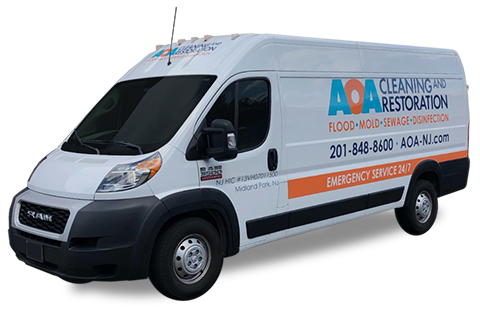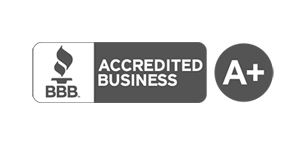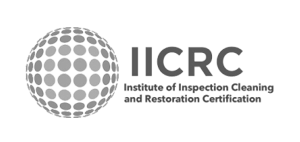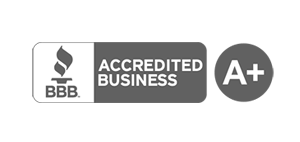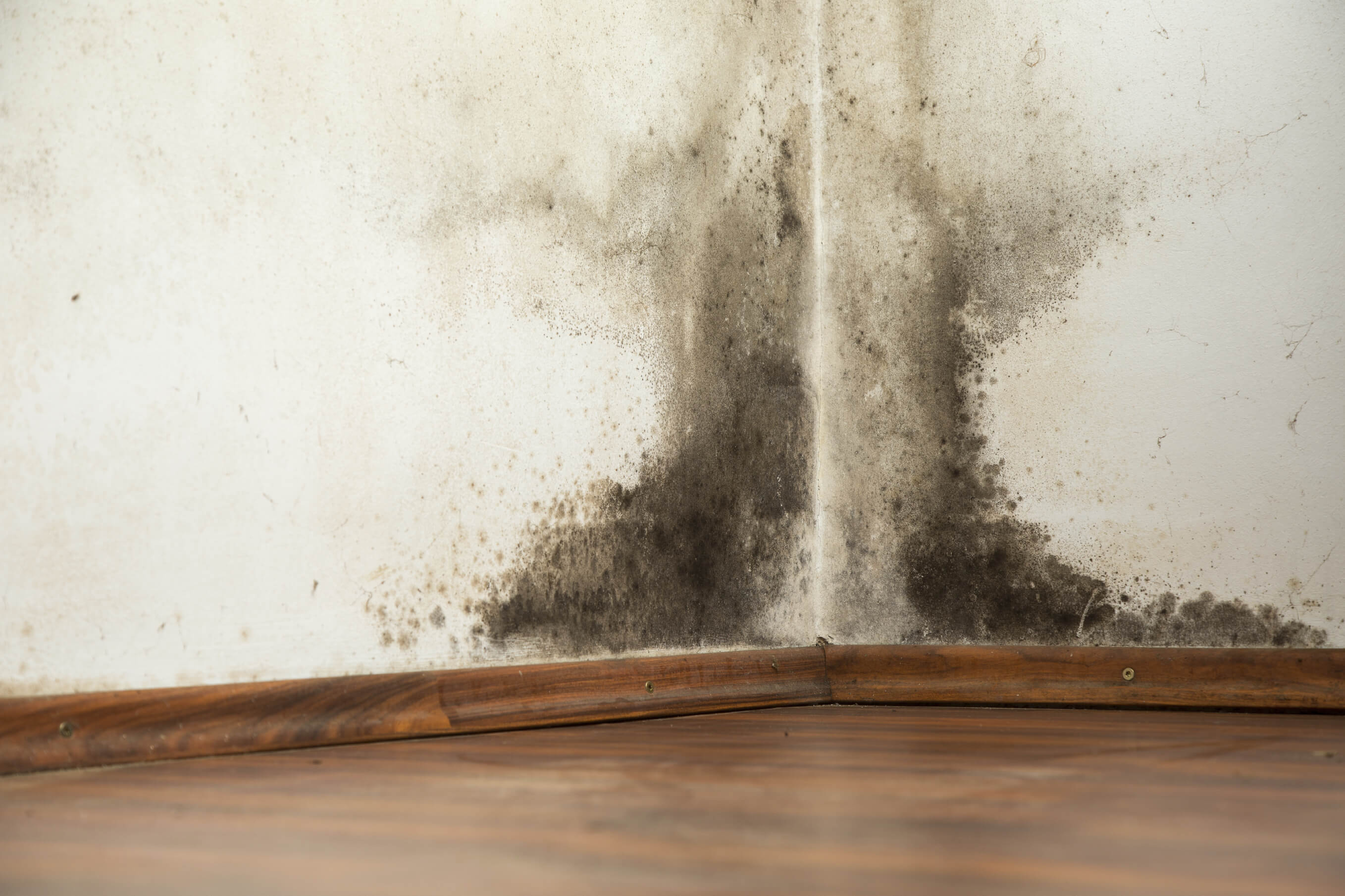
Here’s an unfortunate but true fact: in a home, where there is moisture, there is often mold. Some mold is obvious while other mold doesn’t look like what you might expect. Here’s a rundown of the most common types of indoor molds, what they look like (color and texture), and what problems each can cause for those living in your home:
Stachybotrys chartarum (also called Stachybotrys atra)
This kind of mold is greenish-black and grows on material with high cellulose and low nitrogen content—think fiberboard, paper, dust, and even lint. You’ll see this in a house after a basement flood or in places where there is excess humidity or water leaks. It requires constant moisture to grow.
Aspergillus
Aspergillus is black on the surface and usually white-ish or yellow underneath. There are approximately 180 species of it, but you’ll often find aspergillus niger growing both in nature and in the damp area of houses. Another species, aspergillus flavus, is yellow-green in color and gold or reddish-brown underneath. Aspergillus exposure can cause aspergillosis, a group of diseases often characterized by bronchopulmonary and breathing issues.
Cladosporium
Cladosporium is usually olive green and black/brown in color. Small amounts of it might form in dots, but as it grows, it can merge together to form larger patches. It’s commonly found in places like bathrooms, under sinks, and around faucets but it can grow on surfaces like carpets, furniture, walls, sheetrock, and floors.
Alternaria
Alternaria in the home ranges from olive green to brown/gray/black and often has a velvety appearance, sometimes with longer hair-like growth. There are approximately 40 species of Alternaria, but many of them are found on leaves, trees, bushes, or other outdoor vegetation. When Alternaria becomes airborne, it can come into your home and start growing just about anywhere—from walls to carpet, from your basement to your attic.
These are some of the most common types of indoor mold, but it’s not as important as you might think that you know exactly what species is growing in your home. The most common reaction to most types of mold is allergies, so no matter what type it is, it will need removal for the sake of your family’s health and comfort.
If you’re attempting to remove mold on your own, here are a few things to keep in mind:
- Chlorine bleach will only remove mold from places like countertops. It doesn’t disinfect nonporous surfaces like floors, ceilings, and walls. Learn more about bleach and mold removal here.
- Mold isn’t always visible. Removing mold with bleach might clean a nonporous surface, but there’s a good chance that the mold’s spores have spread deeper than you can see.
- Bleach is corrosive. Be careful attempting to remove mold using chlorine bleach. It can hurt your eyes and skin if you don’t wear protective eyewear and clothing.
- Too much or too little could be harmful or ineffective. Bleach might not be effective if you use too little. And if the bleach comes into contact with certain products, it could produce dangerous gases.
Mold removal is best left to professionals to ensure it is done right. If you or anyone in your family has a mold allergy or sensitivity to mold, it’s important to fix the problem. Living with mold can be unpleasant and uncomfortable, causing reactions ranging from red and itchy eyes to wheezing and other respiratory problems. And for those with weakened immune systems, mold can cause even bigger problems.
Bottom line: if you see any color or type of mold in your home, call AOA Cleaning & Restoration at 201-848-8600. Our mold remediation team is certified by the Institute of Inspection Cleaning and Restoration Certification, the American BioRecovery Association and the Restoration Science Academy. We’ll evaluate the mold in your home, remove it with the correct techniques, tools, and products, and get your home back to normal.
